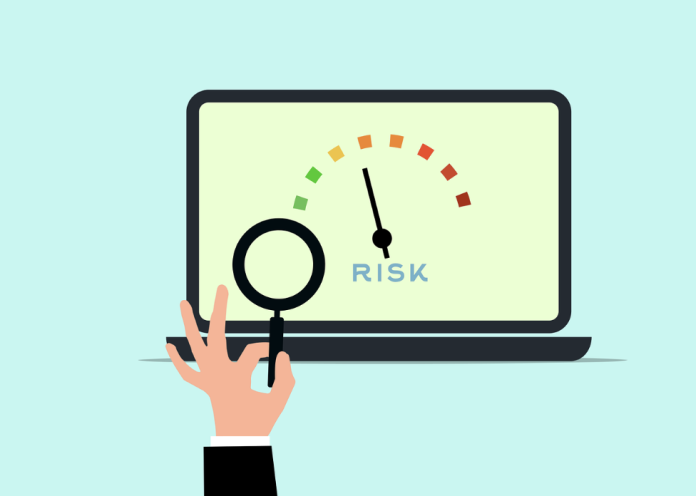Becoming a successful trader isn’t about luck or finding a “magic” strategy. It’s about discipline, adaptability, and an ongoing commitment to learning. Markets change faster than ever, and traders who thrive are the ones who know how to read those changes, manage their risks, and stay emotionally grounded.
Analysts at Montellis Group believe that better trading starts with a clear mindset and a willingness to evolve with the market. Below are a few powerful habits and techniques that can help traders improve their performance and build lasting confidence.
1. Focus on Quality, Not Quantity
Overtrading remains one of the biggest pitfalls for aspiring traders. Many believe that more trades mean more opportunities to profit, but the opposite is usually true. Montellis Group experts point out that selective trading (waiting patiently for setups that meet strict criteria) often leads to far better outcomes.
Keep a detailed trading plan that defines when to enter, when to exit, and how much to risk. This eliminates emotional reactions and prevents impulsive trades during volatile sessions. By focusing on quality rather than quantity, traders preserve capital and make decisions rooted in logic, not adrenaline.
2. Adapt Your Strategy to Market Behavior
Markets don’t stay the same for long. Strategies that thrived in trending conditions can fail when volatility compresses or when central banks shift policies. Analysts at Montellis Group suggest traders should continuously assess whether their strategies align with current conditions.
For example, when inflation data signals tightening monetary policies, riskier assets may underperform while defensive sectors gain ground. Adapting to these shifts, instead of stubbornly sticking to outdated playbooks, keeps traders in tune with the rhythm of the market and opens doors to new opportunities.
3. Strengthen Risk and Money Management
Even skilled traders lose trades; what separates professionals from amateurs is how they handle those losses. Experts in the field advise limiting exposure on any single trade to a small fraction of total capital, typically 1–2%. Setting stop-loss orders and calculating risk-to-reward ratios before entering a position builds consistency over time.
Traders who manage downside risk carefully can stay in the game long enough to capitalize when conditions turn favorable. In contrast, those who ignore risk management often face emotional burnout and significant capital erosion.
4. Keep a Trading Journal and Review Performance
Self-assessment is one of the most valuable yet overlooked habits in trading. Recording every trade, including the reasoning behind it, the emotions felt, and the final result, creates a foundation for objective analysis. By reviewing this data weekly or monthly, traders can spot recurring mistakes, understand their psychological triggers, and refine strategies based on evidence rather than assumptions.
As Montellis Group experts summarize, trading success is less about predicting the market and more about understanding yourself. Improvement happens when traders replace guesswork with structure, discipline, and continuous learning, habits that lead to long-term sustainability in any market environment.



 Bitcoin
Bitcoin  Ethereum
Ethereum  Tether
Tether  XRP
XRP  USDC
USDC  Solana
Solana  TRON
TRON  Lido Staked Ether
Lido Staked Ether  Cardano
Cardano  Avalanche
Avalanche  Toncoin
Toncoin